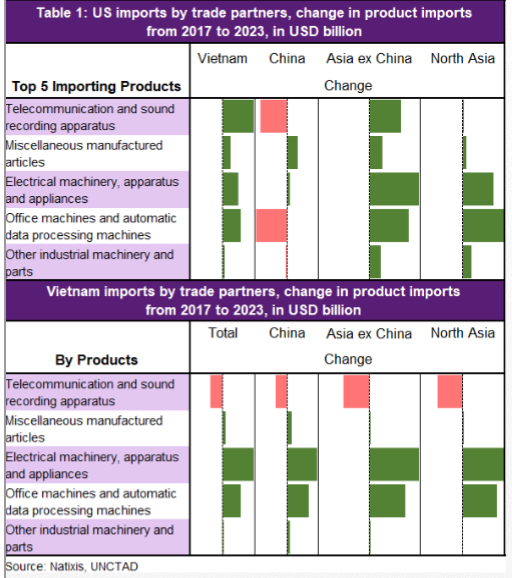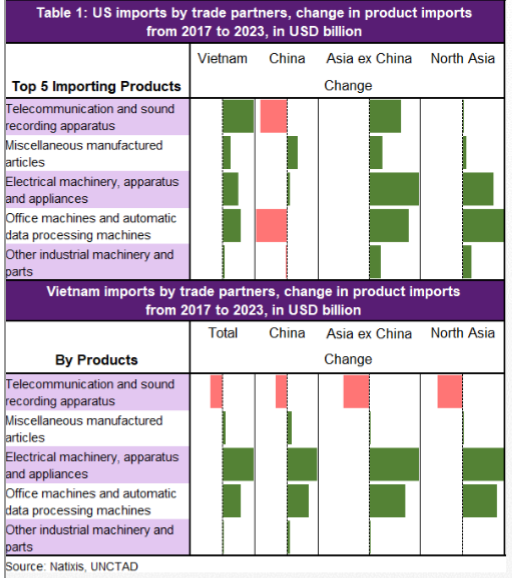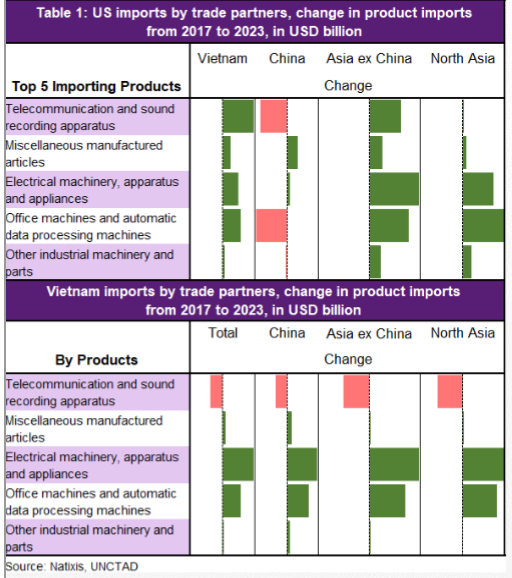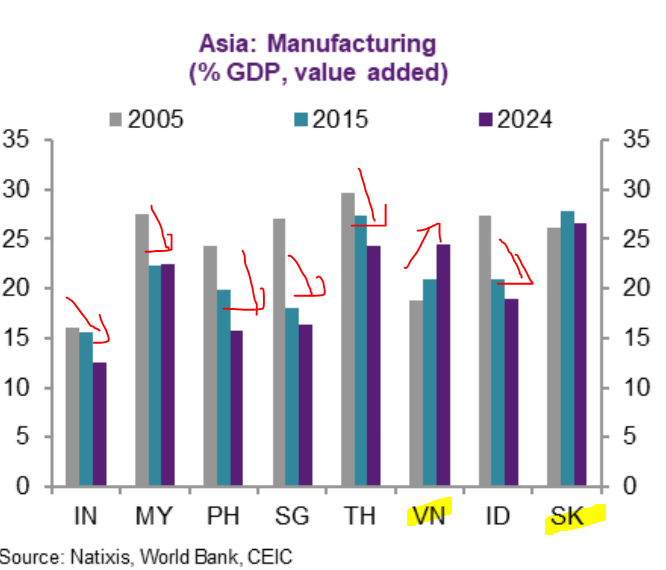Good morning - here's what is going on in Asia regarding new Covid infections - charts look messy but key point is that infections are going up on the Delta Variant, even for previously good places like Australia, Vietnam and Singapore. 

Added South Korea to the mix (this is net change 1 day) & it's not looking good either: Question is whether Bank of Korea can hike/tighten as it wants to given not the spike of the virus in Korea as well as Asia? 

Added India to the mix & you can see that it's high but down from the worst in Q2. This Delta Variant (DV) is wreaking havoc across Asia esp as we are behind in Covid vaccination esp the Pfizer/Moderna one that proven to be more effective. 

Vaccination in Asia - highlighting economies on the low end, yes, a lot of Southeast Asian ones. Vietnam went from hero to zero. The Philippines has never been a hero for Covid but better than Vietnam on the vaccination race, although still bottom.
Peso not doing well today.
Peso not doing well today.

Markets went from inflation/reflation to quickly fear of the Delta Variant rather quickly. Are we going to tighten in Asia just yet?
Well, the bond & FX markets say no. 🙅🏻♀️🙅🏻♀️🙅🏻♀️
Well, the bond & FX markets say no. 🙅🏻♀️🙅🏻♀️🙅🏻♀️

What about deaths & hospitalization? DV is very infectious & so it can quickly spiral. Most new infections are of DV so govs have to make decisions of whether to do more than necessary or not, esp if population is not vaccinated. In AU, SG, & VN, that means restrictions.
Indonesia next restriction is due today. ID has a lot of Covid cases & only 6% of the population vaccinated. So here we are on 20th July with the race against the virus in Asia raging. The zero Covid strategy is unsustainable for some countries, esp those that depend on tourism.
Some people say, well, what lessons can be learned from India that had this first and cases + deaths falling. First, few countries want to go through what India went through & still is reeling from it. For Vietnam's case, the fast infection is wreaking havoc on the health system. 

• • •
Missing some Tweet in this thread? You can try to
force a refresh









